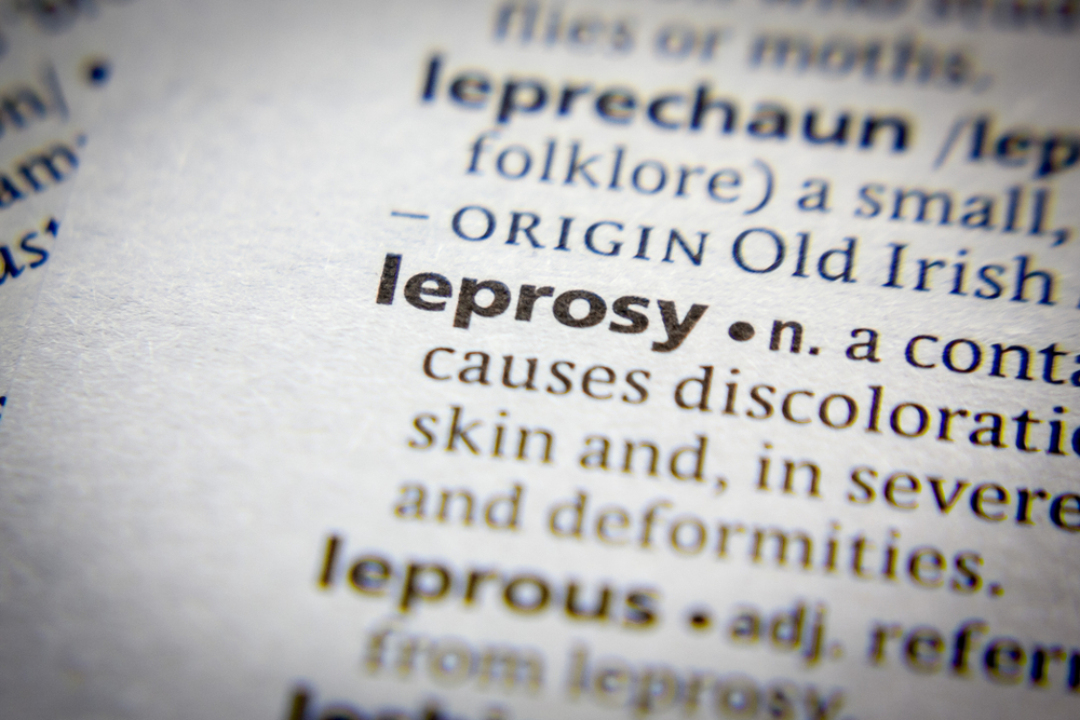
World Leprosy Day was established
On Jan. 26, 1953, World Leprosy Day was established by Raoul Follereau a French writer and journalist. This date was chosen as a tribute to the life of the Mahatma Gandhi who had compassion for people afflicted with leprosy, also known as Hansen’s disease. It is being observed on the last Sunday of January every year since 1954.
In 2016, 8.9 per cent of the new cases were children and 6.7 per cent presented with visible deformities. How can children be saved from this disease? The only way may be to ‘go back to the past’, to teach again the clinical skills to diagnose leprosy and to go out into the ‘field’, to search and diagnose the children with leprosy and to treat them under careful follow up, most importantly to treat any reactive phenomena as soon as possible.
This is an enormous undertaking which requires the input and involvement of everyone, from the government to the clinicians and the individuals living in the leprosy endemic areas. It is, however, most important to diminish the stigma associated with leprosy.
One must realizes that leprosy is one of the oldest recorded diseases in the world, and it targets the nervous system, especially the nerves in the cooler and mobile parts of the body – the hands, feet and face.
Since the infected person does not die, the consequences of the damage will stay with the patient all his life. It will contribute to his or her disability, will diminish the quality of life and will increase the fear in his or her surroundings.
Tags:
Source: U.S. National Library of Medicine
Credit:
